Over the past decade advances in developmental biology have provided considerable evidence linking early adversity to negative outcomes. Children living in poverty face substantially increased risk of early adversity. Stressful environments characterized by elevated levels of chronic environmental and caregiving stressors in the context of poverty can disrupt brain architecture and exacerbate underlying genetic vulnerabilities to affect psychological functioning. Shonkoff and colleagues (2009) define toxic stress as the prolonged exposure to cumulative stressors that disrupt regulation via chronic reactivity of physical stress-response systems. Guided largely by attachment theory and research, supportive caregiving is recognized as a crucial buffer against toxic stressors, reducing the harmful physiological effects of high stress (Shonkoff, 2010).  Recent evidence demonstrates the long term positive effects of early attachment-based intervention programs on children’s development in high-risk community samples, enhancing the importance of early community-based intervention implementation to vulnerable populations.
Recent evidence demonstrates the long term positive effects of early attachment-based intervention programs on children’s development in high-risk community samples, enhancing the importance of early community-based intervention implementation to vulnerable populations.
Early Head Start: The Need for Support
Early Head Start (EHS) and other publicly funded programs were designed to promote early parenting and child development among families living in poverty. The prominent goal of EHS is to provide high-quality, comprehensive support services to promote child development and positive, child-parent relationships. Longitudinal data from the Early Head Start Research and Evaluation Project (EHSREP) has demonstrated numerous, consistent, modest program effects on observed parenting for the sample as a whole (Administration for Children and Families, 2002; Love et al., 2005). For example, mothers who received EHS displayed more supportive parenting behaviors towards their children and children who engaged more with their mothers compared to those randomly assigned to the control group. However, recent work has begun to highlight what works for whom in EHS programming effects across the diverse population groups (Raikes, Vogel, & Love, 2013). For example, smaller program effects were found for children with mothers identified as high-risk, according to the EHSREP cumulative demographic risk protocol (Administration for Children and Families, 2002; Raikes, Vogel, & Love, 2013). Furthermore, Berlin and colleagues (2011) found fewer effects of program participation on supportive parenting behaviors for mothers with higher levels of attachment avoidance at baseline compared to mothers with lower levels of attachment avoidance. Researchers and practitioners have suggested that some EHS recipients would benefit from attachment-based parenting services (Raikes, Vogel, & Love, 2013).
ABC as a Supplement to EHS
The Attachment and Biobehavioral Catch-Up (ABC) developed by Dozier and colleagues, targets early parenting behaviors and attachment. The ABC program provides an evidence-based model consisting of structured intervention activities delivered in 10 home-based sessions by a trained parent coach. Specific attachment-related topics are addressed in each session, including demonstrations through video-recorded mother-infant interactions, with the presence of both mother and child. This brief, yet intense program provides parent coaching in reference to three specific behavioral targets for helping parents learn how to: (1) behave in nurturing ways when children are distressed; (2) follow the child’s lead in delighted ways; and (3) avoid behaving in frightening or intrusive ways. A key mechanism of the ABC program is for parent coaches to provide in the moment commenting related to the three target behaviors exhibited during the sessions. This immediate feedback reinforces and supports mothers’ use of target behaviors.
Partners for Parenting Study
As part of Administration for Children and Families Buffering Toxic Stress Research Consortium, the Partners for Parenting (P4P) study is an ongoing Early Head Start-University Partnership, addressing the prevention of toxic stress through attachment-based intervention (Co-Principal Investigators are Lisa Berlin and Brenda Jones Harden). The P4P study consists of a randomized controlled trial investigating the effects of home-based Early Head Start with a supplemental parenting intervention, the Attachment and Biobehavioral Catch-Up (ABC) program. Participants include primarily Spanish and English speaking Latino and African American mother-infant dyads in the Washington, DC metropolitan area receiving home-based Early Head Start services. The goal of the P4P project is to evaluate the effects on parenting behaviors and infant stress regulation via measuring the implementation and sustainability of the ABC program within the Early Head Start context. Initial analyses have reported robust feasibility and acceptance of this model by mothers and EHS staff (Berlin, Jones Harden, Raymond, & Denmark, 2012). Qualitative maternal interviews highlighted the unique benefits of receiving ABC in addition to Early Head Start home visits. Findings are expected to inform community-based intervention researchers, practitioners, and policymakers.
References
Administration for Children and Families. (2002). Making a difference in the lives of children and families: The impacts of Early Head Start programs on infants and toddlers and their families. Washington, DC: U. S. Department of Health and Human Services.
Berlin, L. J., Jones Harden, B., Raymond, M., & Denmark, N. (2012, June). Buffering children from toxic stress through attachment-based intervention: An Early Head Start-University Partnership. Poster presented at the Head Start National Research Conference, Washington.
Berlin, L. J., Whiteside-Mansell, L., Roggman, L. A., Green, B. L., Robinson, J., & Spieker, S. (2011). Testing maternal depression and attachment style as moderators of early head start’s effects on parenting. Attachment & Human Development, 13(1), 49-67.
Dozier, M., Lindheim, O., & Ackerman, J. (2008). Attachment and biobehavioral catch-up. In L. Berlin, Y. Ziv, L. Amaya-Jackson, & M. T. Greenberg (Eds.), Enhancing early attachments. New York: Guilford.
Love, J. M., Kisker, E. E., Ross, C., Raikes, H., Constantine, J., Boller, K., et al. (2005). The effectiveness of Early Head Start for 3-year-old children and their parents: Lessons for policy and programs. Developmental Psychology, 41(6), 885-901.
Raikes, H. H., Vogel, C., & Love, J. M. (2013). Family subgroups and impacts at ages 2, 3, and 5: Variability by race/ethnicity and demographic risk. Monographs of the Society for Research in Child Development, 78, 64-92.
Shonkoff, J. P. (2010). Building a new biodevelopmental framework to guide the future of early childhood policy. Child Development, 81(1), 357-367.
Shonkoff, J. P., Boyce, W. T., & McEwen, B. S. (2009). Neuroscience, molecular biology, and the childhood roots of health disparities: Building a new framework for health promotion and disease prevention. Journal of the American Medical Association, 301(21), 2252-2259.
Shonkoff, J., & Phillips, D. (Eds.). (2000). From neurons to neighborhoods: The science of early childhood development. Washington, DC: National Academy Press.

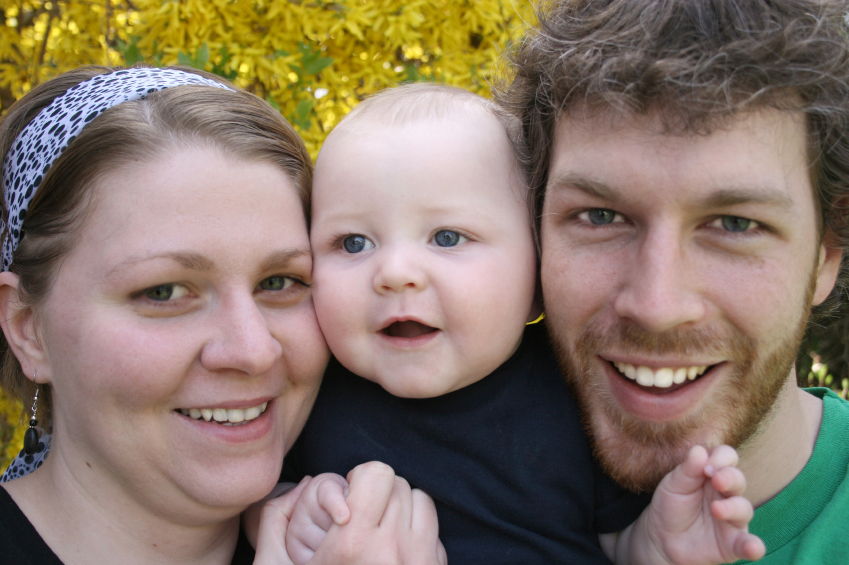
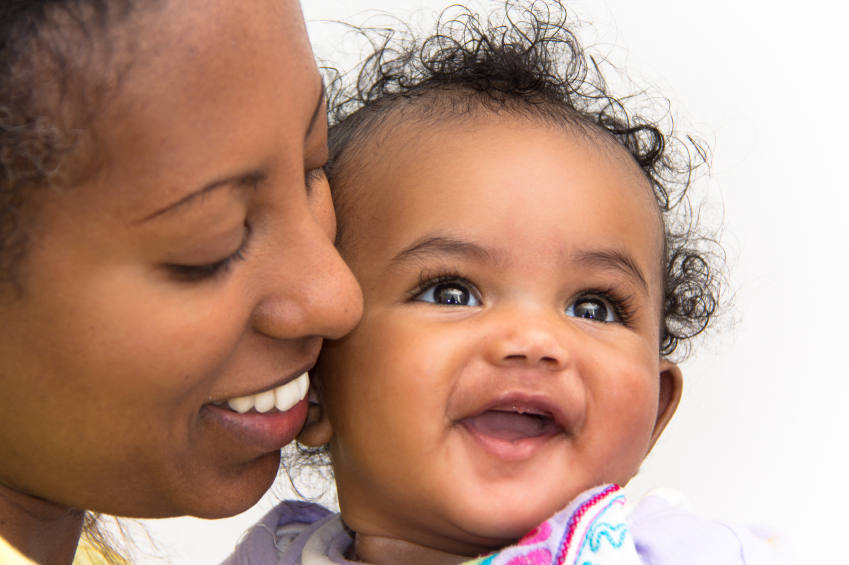
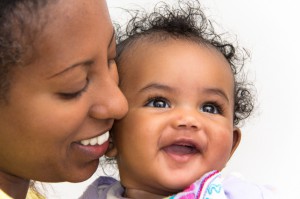







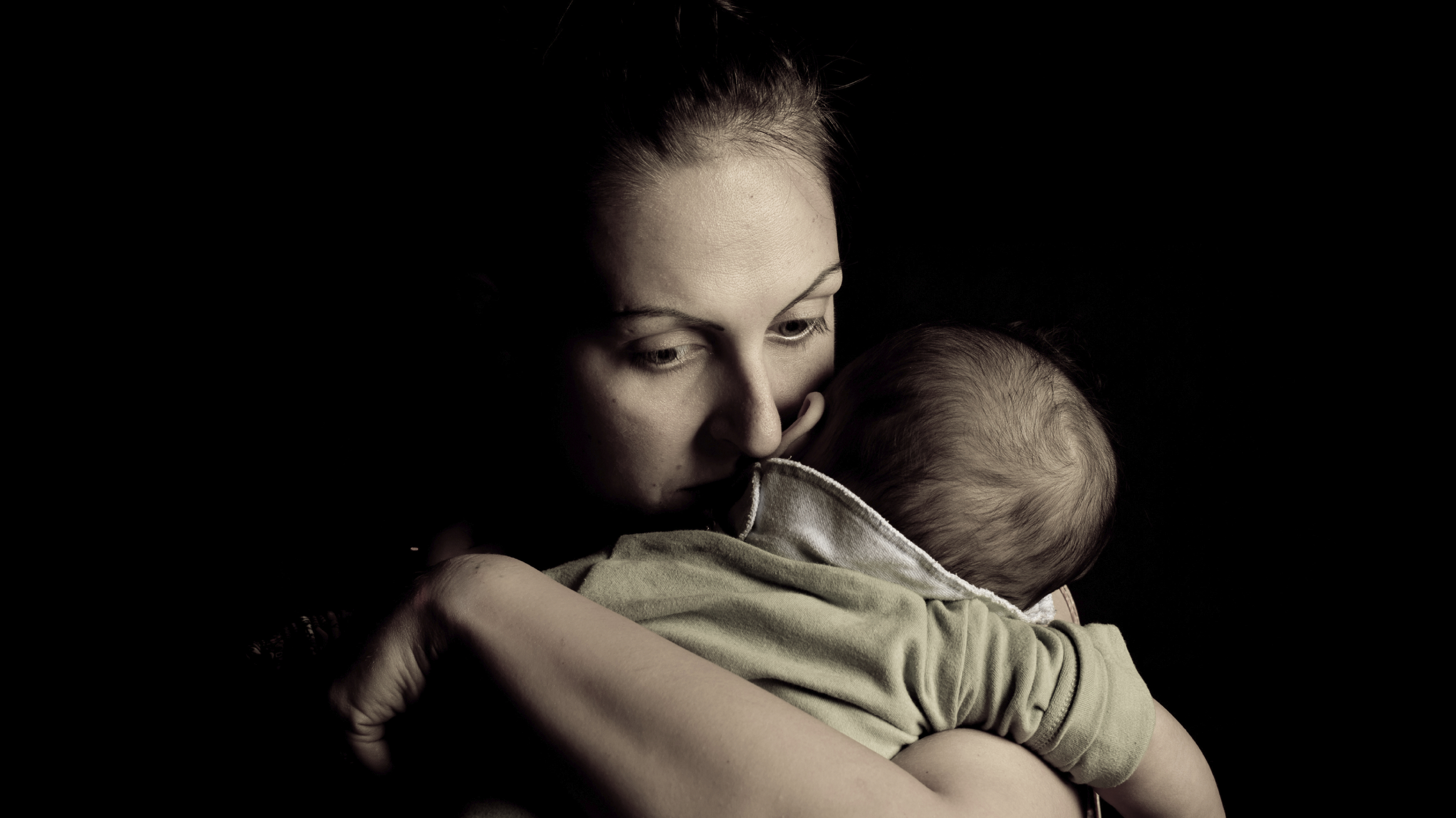


 Question: I am a professional and a married mom with two wonderful boys, ages 3 and 1. The 3-year-old struggles with severe separation anxiety every time I go to work. He wants me to be the person who does everything for him. He throws a fit if his father or grandmother diapers him or helps him dress. Getting out of the house in the morning is so emotionally exhausting that it’s affecting my job. We have a strong bond and spend one-on-one time together every day, but this aspect of parenting is so hard. Now my other boy is starting to behave the same way.
Question: I am a professional and a married mom with two wonderful boys, ages 3 and 1. The 3-year-old struggles with severe separation anxiety every time I go to work. He wants me to be the person who does everything for him. He throws a fit if his father or grandmother diapers him or helps him dress. Getting out of the house in the morning is so emotionally exhausting that it’s affecting my job. We have a strong bond and spend one-on-one time together every day, but this aspect of parenting is so hard. Now my other boy is starting to behave the same way.
 When I trained at Fraiberg’s Child Development Project in the late ‘70s, it was easy to imagine that there was one model of infant parent psychotherapy to be learned and mastered. Training was naturally an integral part of our work since the entire field of infant mental health was a new development. Much has changed in infant mental health training since then, with elements that are encouraging as well as worrisome.
When I trained at Fraiberg’s Child Development Project in the late ‘70s, it was easy to imagine that there was one model of infant parent psychotherapy to be learned and mastered. Training was naturally an integral part of our work since the entire field of infant mental health was a new development. Much has changed in infant mental health training since then, with elements that are encouraging as well as worrisome.
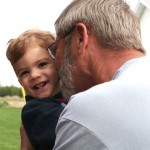 “Nurturing Children and Families: Building on the Legacy of T. Berry Brazelton,” edited by Barry M. Lester and Joshua D. Sparrow, invites readers to reflect on and celebrate the remarkable contributions that T. Berry Brazelton has made to the advance of science and the nurturing of infants, children and their families. The book introduces us to significant concepts that have changed how scientists and practitioners view babies and witness the relational nature of human development over the span of his 50 year career. Most important to mention here: individual differences in infancy and the dynamics of newborn behavior; the infant’s contributions to his or her own course of development; the power of the parent-child relationship to influence health, growth and change; and the importance of shared observation and meaning making in early work with families. Brazelton’s pioneering spirit has transformed practice, inviting pediatricians, nurses, psychologists, social workers, home visitors, early care and education professionals and many others to be open, curious, and thoughtful in their observations, interactions and affective responses to infants and families. Of great importance is Brazelton’s therapeutic stance that has guided generations of parents to feel confident and competent as they cared for their babies in the early years.
“Nurturing Children and Families: Building on the Legacy of T. Berry Brazelton,” edited by Barry M. Lester and Joshua D. Sparrow, invites readers to reflect on and celebrate the remarkable contributions that T. Berry Brazelton has made to the advance of science and the nurturing of infants, children and their families. The book introduces us to significant concepts that have changed how scientists and practitioners view babies and witness the relational nature of human development over the span of his 50 year career. Most important to mention here: individual differences in infancy and the dynamics of newborn behavior; the infant’s contributions to his or her own course of development; the power of the parent-child relationship to influence health, growth and change; and the importance of shared observation and meaning making in early work with families. Brazelton’s pioneering spirit has transformed practice, inviting pediatricians, nurses, psychologists, social workers, home visitors, early care and education professionals and many others to be open, curious, and thoughtful in their observations, interactions and affective responses to infants and families. Of great importance is Brazelton’s therapeutic stance that has guided generations of parents to feel confident and competent as they cared for their babies in the early years.